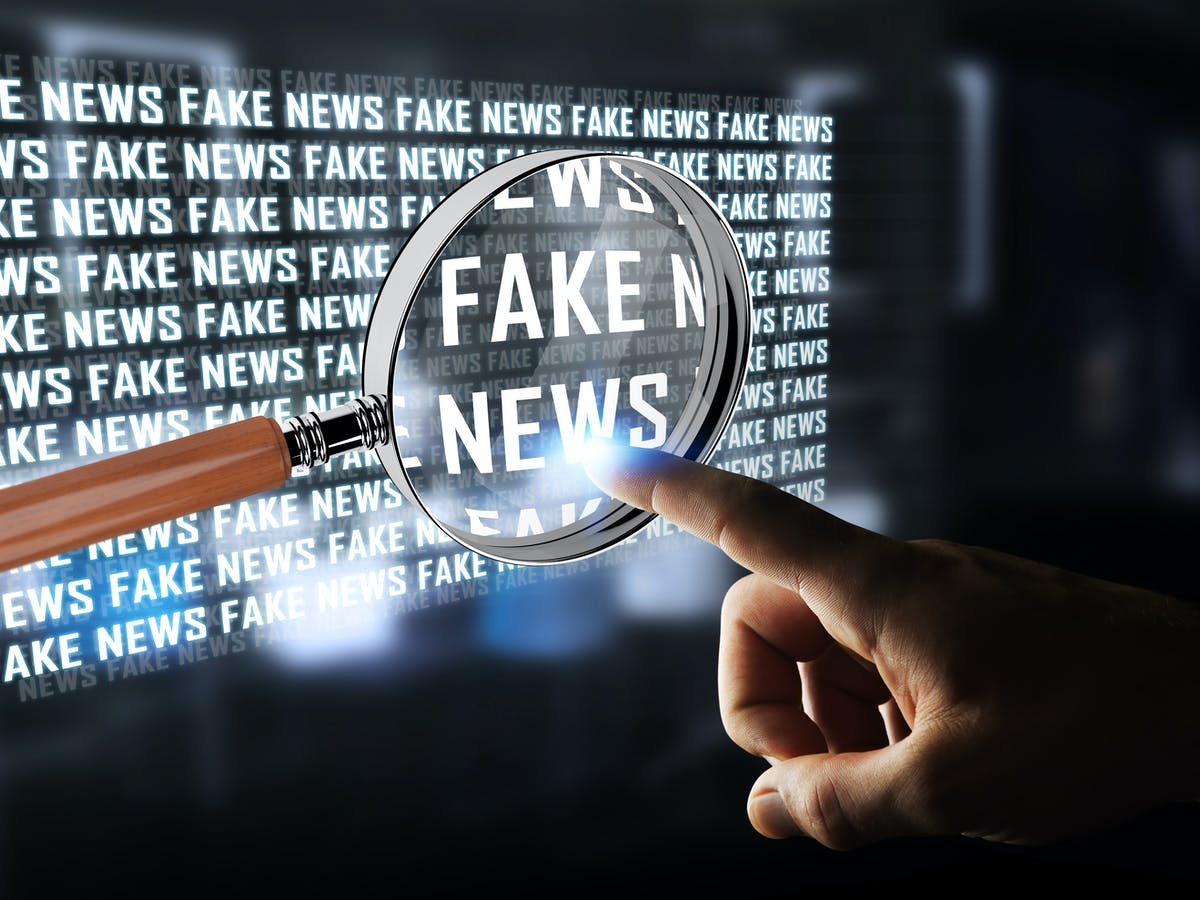
Tips to spot Fake News
The research community from different disciplines is studying the dissemination, detection, and mitigation of fake news, however, it remains challenging to detect and prevent the dissemination of fake news in practice. In this blog, we will share few useful tips that can help in identifying fake news articles.
Individuals and communities widely use social media platforms to post user-generated content, communicate, keep in touch with each other, and learn about events worldwide. However, such platforms can also be (ab)used to disseminate fake or misleading news (also referred to as misinformation or disinformation) [1-2], as evidenced in the current COVID-19 pandemic [3] (e.g., intentionally manipulated information that can potentially lead to vaccine hesitancy [4-5]. The speed and reach of fake news can have broad political and societal impacts. As research is still going on to automate the process of fake news detection, there are few helpful tips that all of us can follow to mitigate its impact:
Tip-1: Check the sentiment of the news content. Most of the researchers have observed the sentiment of the fake news content is mostly negative [3]. Although not all fake news articles need to be negative in sentiment, it can be one of the indicators.
Tip-2: Don't rely on news content through social media platforms, especially news content shared in the form of images, videos, etc. If you feel that a particular news item is authentic, verify through fact-checking sources such as FactCheck.org, PolitiFact, Snopes, and other mainstream news websites.
Tip-3: Check the source of the article and domain name. Mostly, fake news articles are shared through websites whose domain name is somewhat unusual such as ". com.co". Also, those websites lack good design and heavily use capital-case letters [6].
Tip-4: Always check whether the name of the author and date is specified in the news content. Lack of author and date details though not always, can indicate that the news article is fake [6]. In other cases, authors' names within fake news articles can be somewhat unique such as "strangeman" and other fake names.
References
[1] Robert Chesney and Danielle Citron. Deepfakes and the new disinformation war: The coming age of post-truth geopolitics.Foreign Aff., 98:147, 2019
[2] Kai Shu, Amy Sliva, Suhang Wang, Jiliang Tang, and Huan Liu. Fake news detection on social media: A data mining perspective.ACM SIGKDD ExplorationsNewsletter, 19(1):22–36, 2017.
[3] Hakak, S., Khan, W. Z., Bhattacharya, S., Reddy, G. T., & Choo, K. K. R. (2020, December). Propagation of Fake News on Social Media: Challenges and Opportunities. In International Conference on Computational Data and Social Networks (pp. 345-353). Springer, Cham.
[4] Bruce Gellin. Why vaccine rumours stickˆaand getting them unstuck.The Lancet,396(10247):303–304, 2020.
[5] Neha Puri, Eric A Coomes, Hourmazd Haghbayan, and Keith Gunaratne. Socialmedia and vaccine hesitancy: new updates for the era of covid-19 and globalized infectious diseases.Human Vaccines & Immunotherapeutics, pages 1–8, 2020
[6] Zimdars' False, Misleading, Clickbait-y, and/or Satirical "News” Sources’, accessed on May 3, 2021